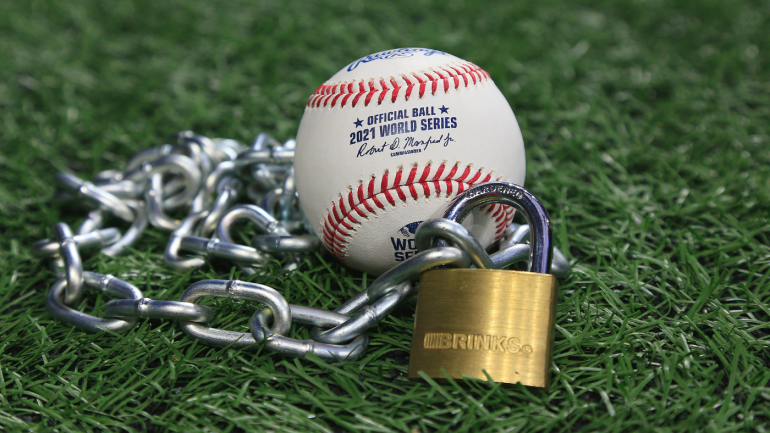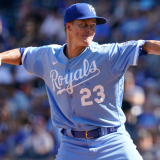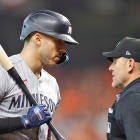
Wednesday was supposed to be the most exciting day on the baseball calendar. It was to be the first day all 30 teams had their spring training camps open, and there is no better time of year. We get to see all the new faces in new places, get ready to watch some top prospects in exhibition games, and everyone's optimistic. Baseball's return after the long winter is a glorious day.
Alas and alack, MLB and the MLB Players Association remain engaged in the second longest work stoppage in baseball history. The two sides have held only five in-person bargaining sessions since the owners locked out the players immediately upon the collective bargaining agreement's expiration at 11:59 p.m. ET on Dec 1. The two sides are expected to meet again on Thursday, according to USA Today's Bob Nightengale.
MLB and the players union have scheduled a negotiating session Thursday
— Bob Nightengale (@BNightengale) February 16, 2022
The owners made what commissioner Rob Manfred described as a "good faith, positive proposal" last Saturday, which of course implies their previous proposal wasn't made under the same terms. Either way, the union walked away unimpressed because their concerns (more pay for players early in their career, improve competitive integrity, etc.) went unaddressed. Likewise, the union wasn't fond of MLB's proposal with regards to the radical changes to the luxury tax thresholds and penalties, according to MLB Network's Jon Heyman.
MLB, which made the last proposal Saturday, is offering a 10% rise in minimum salary to $630K, no compensation lost for signing free agents and a universal DH. However, the 2% rise to $214M in luxury tax threshold and steeper penalties proposed are unpalatable for players union.
— Jon Heyman (@JonHeyman) February 16, 2022
Opening Day is scheduled for Thursday, March 31, and Manfred said he believes players will need four weeks to prepare for the regular season. Whether the MLBPA agrees is another matter (the league had only a three-week summer camp in 2020, you may remember), but point is, the clock is ticking. An agreement must be reached within two weeks or so to avoid disrupting the regular season, something Manfred said would be a "disastrous outcome for this industry."
It should be noted the lockout only applies to 40-man roster players (i.e. MLBPA members). Minor league spring training starts later this month and the minor league regular season begins in April. It will be played as scheduled, only without 40-man roster players if the lockout is ongoing. Some teams are holding prospect mini-camps this week.
Mini camp for Phillies prospects is underway pic.twitter.com/cQgBwoxex3
— Jim Salisbury (@JSalisburyNBCS) February 16, 2022
The owners could lift the lockout at any time. In that case, the National Labor Relations Act would require the two sides to operate under the terms of the old collective bargaining agreement while continuing to hold good faith negotiations. That's exactly what happened following the 1994-95 players' strike. The owners have shown no indication they are willing to lift the lockout, however.
At 77 days and counting, this is the second longest lockout in baseball history, trailing only the 1994-95 strike (232 days).






















